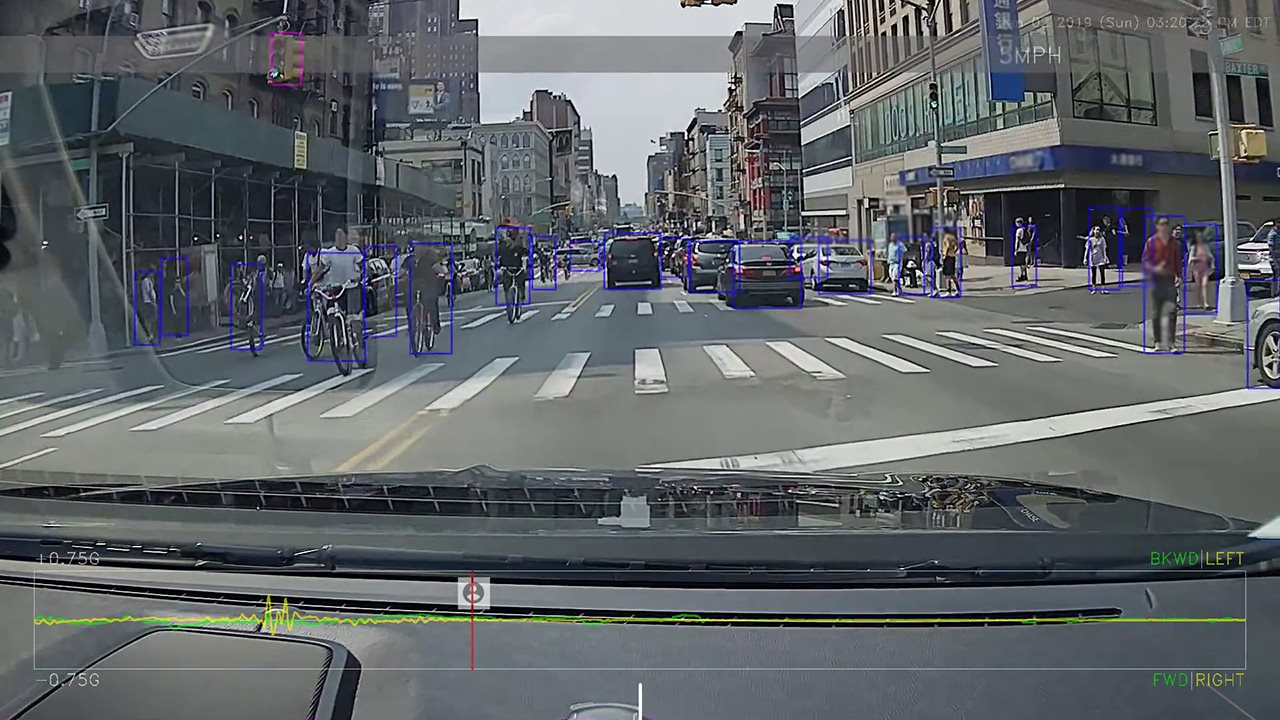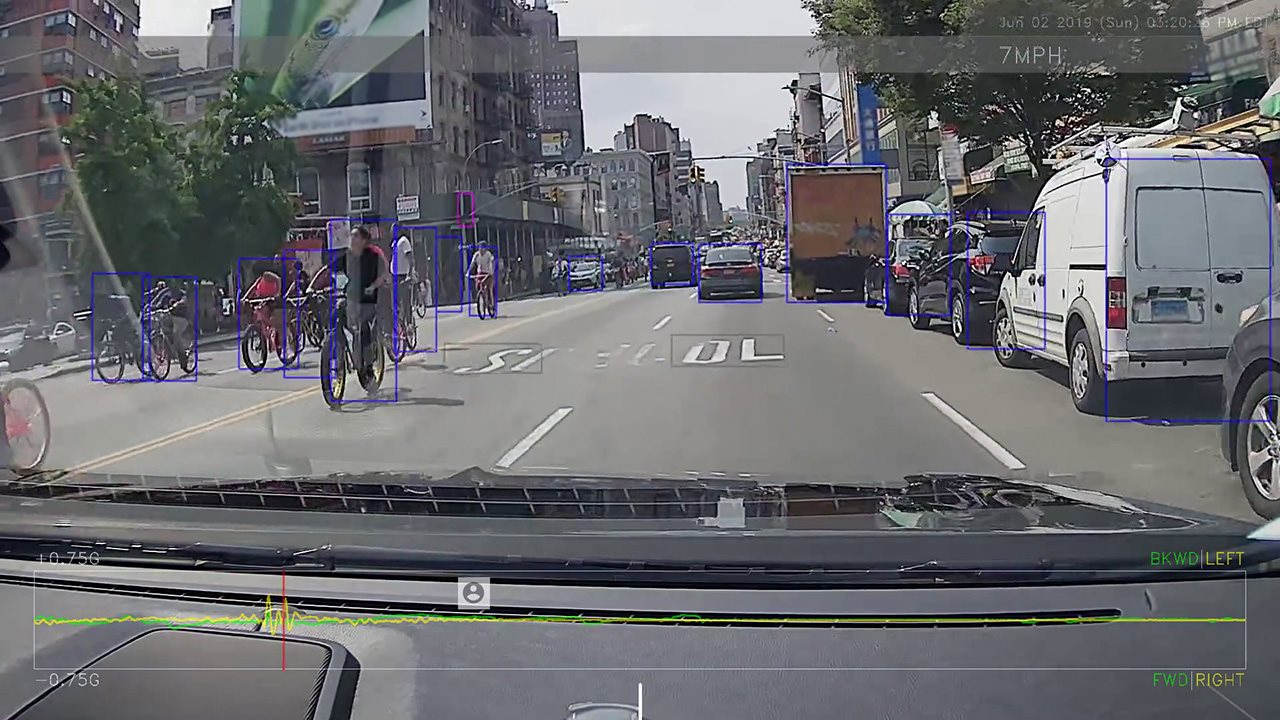(BPT) - Once the stuff of science fiction, driverless cars are already here, with vehicles adding more automated features every year. Cars already use many features self-driving cars need, such as cruise control, multi-view cameras, proximity sensors and brake assist and autonomous vehicle companies are paving the way to make autonomous vehicles (AVs) a reality sooner rather than later.
However, one industry moving the needle with AVs is commercial transportation technology. Commercial fleets increasingly rely on new innovations to improve vehicle safety, monitor drivers, provide road condition alerts, map the roads, understand risk and track driver performance. The advanced technology being used in these vehicles today was designed to improve safety and efficiency while laying the groundwork to drive forward the development of cars of the future. The fact that commercial vehicles are driving hundreds of miles a day means the technologies are being tried and tested at a rate that will help guarantee consumer safety when AV’s hit the road.
Here are some technological advances used by commercial fleets today that will impact driverless vehicles of the future:
3D HD Mapping

Mapping today goes beyond getting from point A to point B. Companies are utilizing vision-based systems to capture everything from traffic conditions to weather hazards to even predicting ideal routes and drive times.
Netradyne, a leader in Artificial Intelligence (AI) technology focusing on driver and fleet safety, is revolutionizing conventional mapping with dynamic 3D HD mapping technology. This combines computer vision, simultaneous localization and mapping (SLAM), edge computing and crowd-sourcing to deliver contextually rich, highly accurate data and content in real time, all of which are crucial to design safer and smarter autonomous vehicles.
Because Netradyne supports a vast breadth of commercial fleets across the country, its products capture high-quality HD video from vehicles over hundreds of thousands of miles daily. Their ability to collect this extensive information means drivers are equipped with robust insight regarding road conditions, including potential risks. Since these vehicles frequently travel the same routes, with constant communication between each vehicle's device and the cloud, the maps are able to capture data at all times during the day and year, something that will be essential to AVs learning to operate on these roads in all conditions.
Vision-Based Technology

Created by Netradyne, Driveri is a vision-based technology that provides fleet managers with a comprehensive view of drivers’ activity using intelligent cameras that provide HD video of multiple views on each vehicle. Driveri’s technology platform processes this visual data in real time to deliver insights and alerts to drivers and fleet managers. These in-cab alerts help drivers adjust immediately as potential risks occur.
Prior to the launch of this specialized technology, legacy systems would only be able to capture small snippets of video when an event, such as hard braking, occurred. Unlike legacy video capture platforms, the Netradyne system records and captures every second of every driving day, allowing not only a vastly larger amount of data to be collected, but the ability to reward good behavior, as well as identify those who are being more risky.
Using commercially deployed Driveri devices, nearly 100 million miles of data per month are captured and analyzed which can improve transportation data analytics for commercial applications. The data, and insights the machine learning used are able to draw, will be crucial to further development of AVs.
AI

A deep learning AIs system, such as that found in Driveri, works to identify and understand various — often confusing — data, including road signs, construction zones, railroad tracks and lane markings. A system that is always learning and getting smarter will be crucial for the creation of AVs.
As AVs become a reality, AI will not only have to learn the nuances of the road, but they must be able to handle driving alongside pedestrians and human-driven vehicles, probably one of the greatest challenges for driverless cars since humans can be unpredictable. However, some behavior is more predictable than we might think. For example, drivers stuck in an especially slow lane may be prone to suddenly pulling out to pass stalled traffic. Autonomous vehicles will benefit from AI systems that can learn from hours of this type of observed data and predict those situations.
It makes sense that commercial transportation fleets would be on the cutting edge of technology enhancing vehicle safety and efficiency. This technology is bound to have multiple applications, beyond helping drivers and the companies who employ them. The increasing development and combination of multiple technologies, relying on aspects of AI, 3-D mapping and more, will help create much safer, more reliable vehicles — with or without human drivers.
